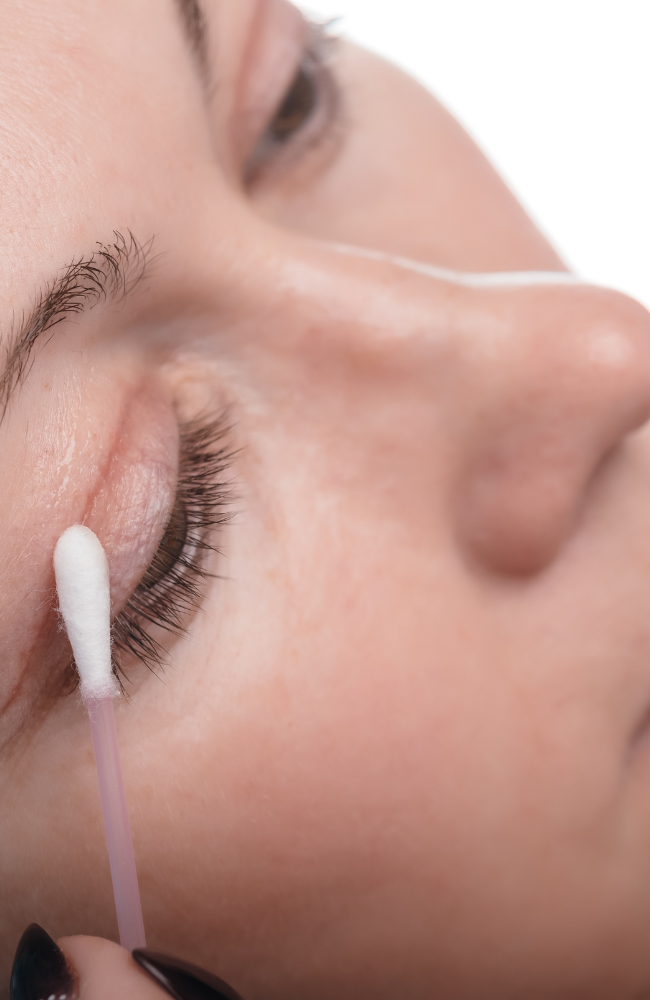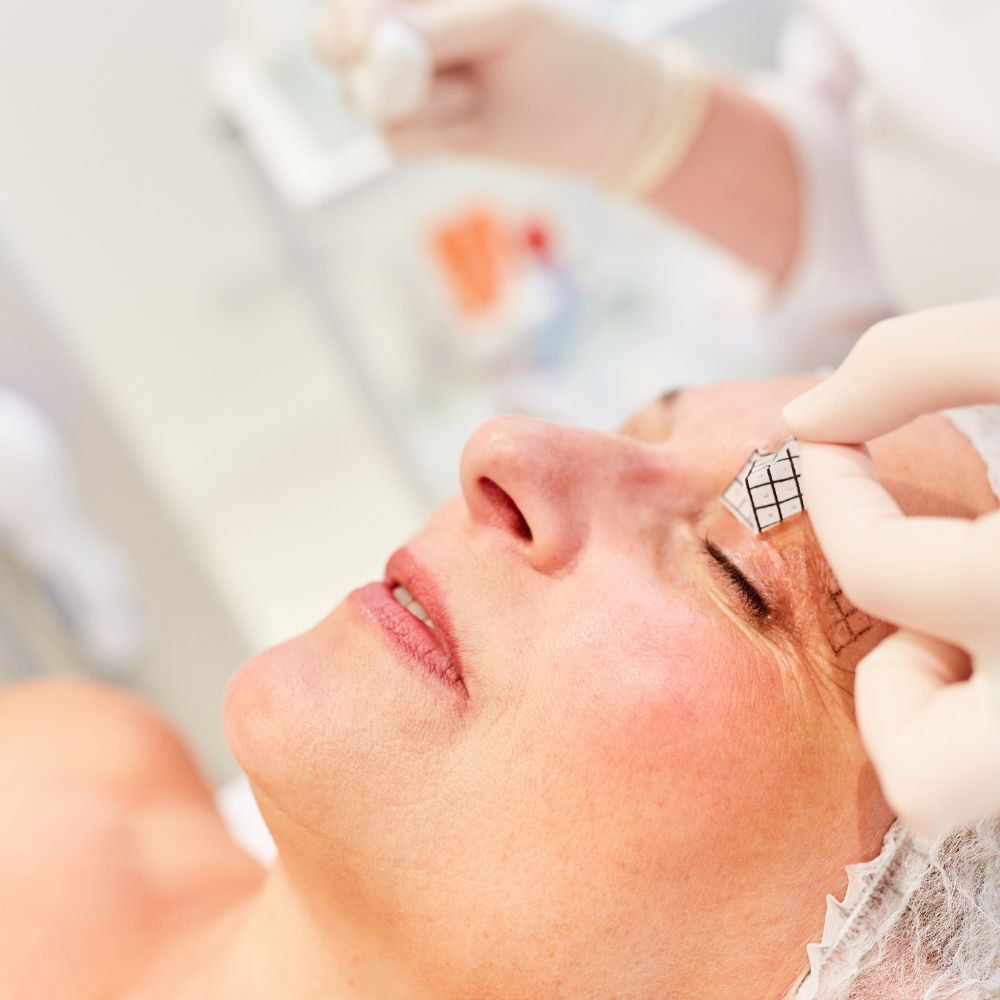Blepharoplasty (Eye-lid Surgery)
With age, the eyelids begin to droop as the muscles that support them start to weaken. Consequently, excess skin and fat typically accumulate above and below the eyelids, causing drooping eyebrows, drooping eyelids, and bags under the eyes.
Cosmetic eyelid surgery, also called blepharoplasty, is a surgical procedure which removes excess skin and fat from the eyelids to rejuvenate the area surrounding your eyes. This procedure removes excess skin from the eyelids, making you look more rested and alert.
Due to the nature of the procedure, a consultation is required for personalised quotes
Proven Success
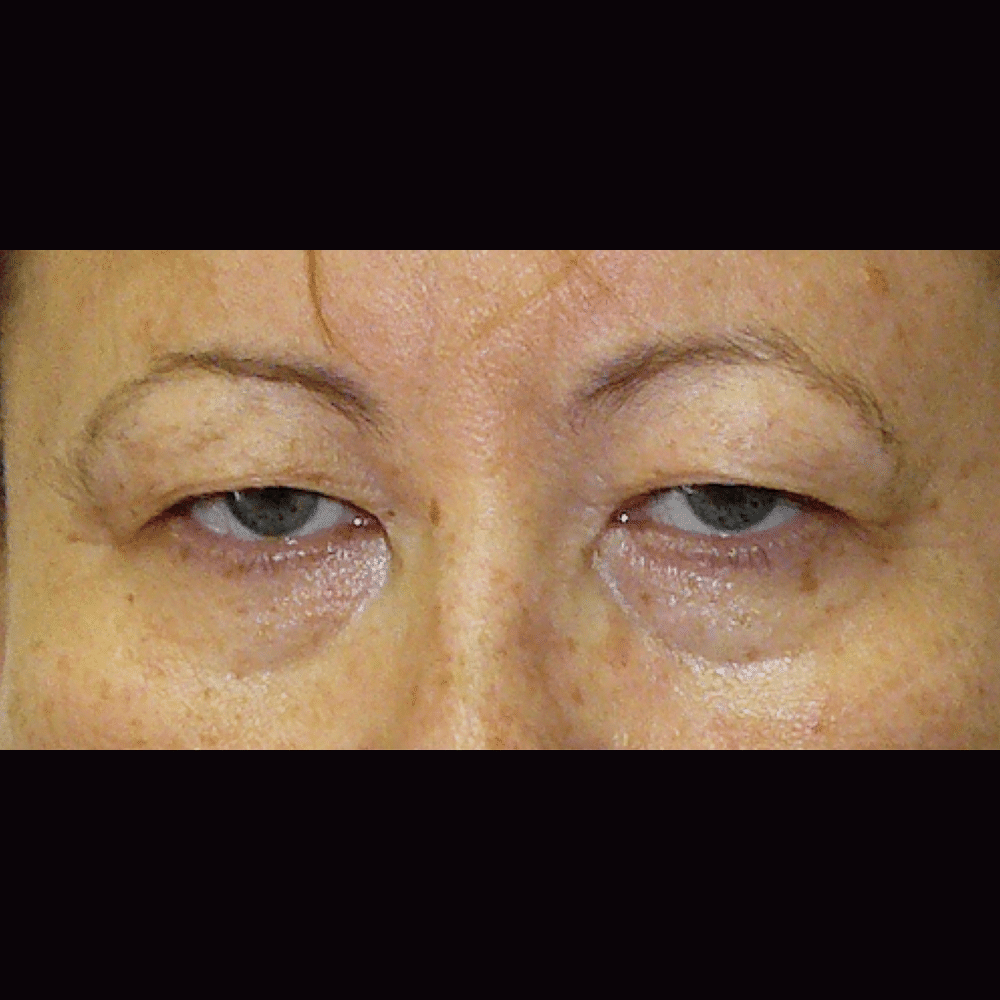
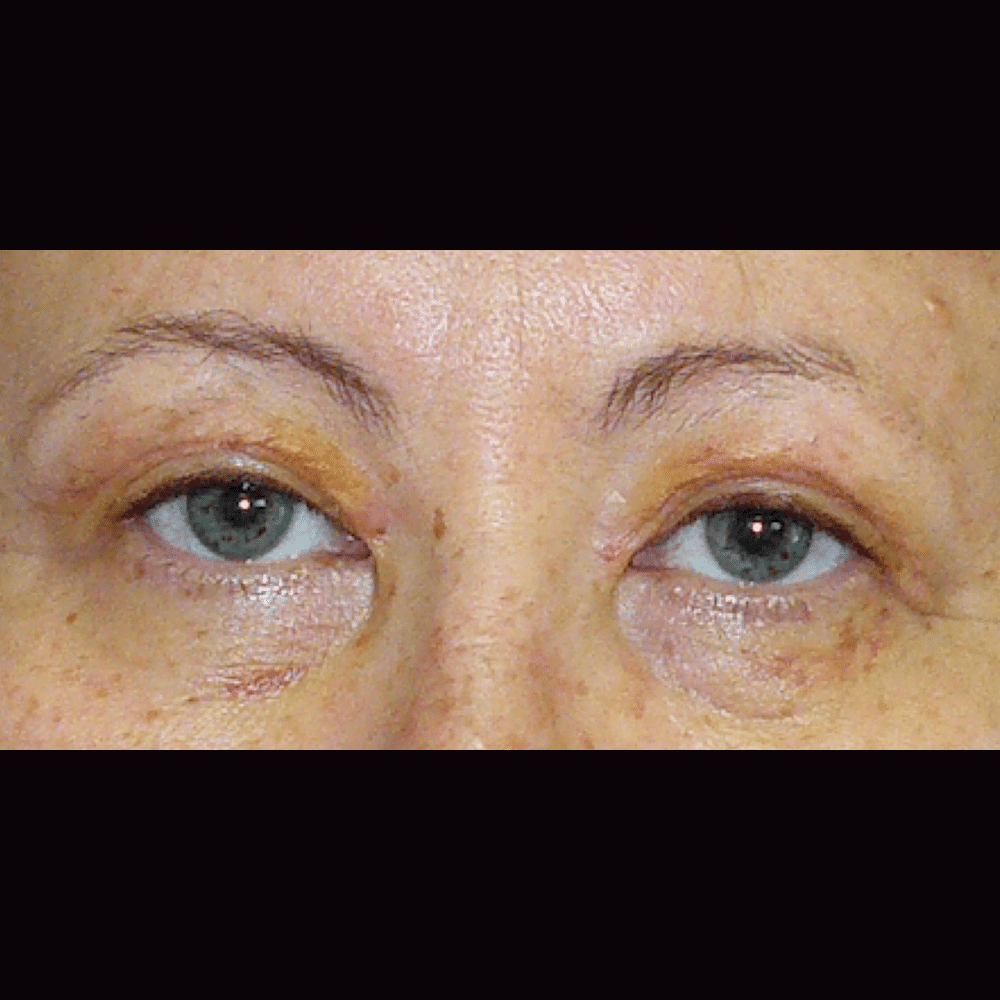
Typical Uses
Blepharoplasty is ideal for treating:
- Loose or sagging skin that creates folds or disturbs the natural contour of the upper eyelid, sometimes impairing vision
- Excess fatty deposits that give an appearance of puffiness in the upper eyelids
- Bags under the eyes
- Droopiness of the lower eyelids, showing white below the iris
- Excess skin and fine wrinkles of the lower eyelid
Whilst eye-lid surgery has a variety of advantages, this is a highly individualised procedure and you should only do it for yourself, not to fulfil someone else’s desires or to try to fit any sort of ideal image.
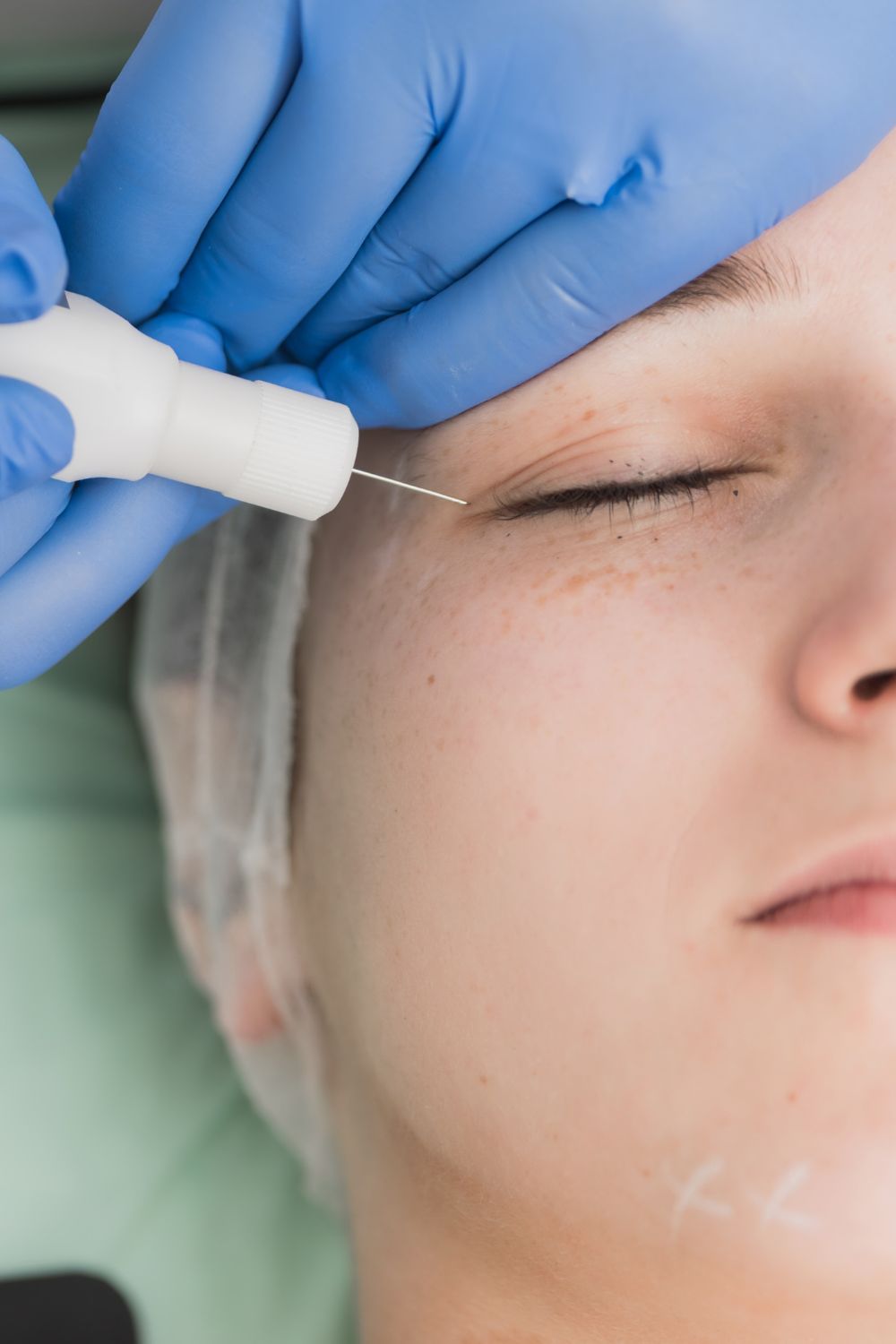
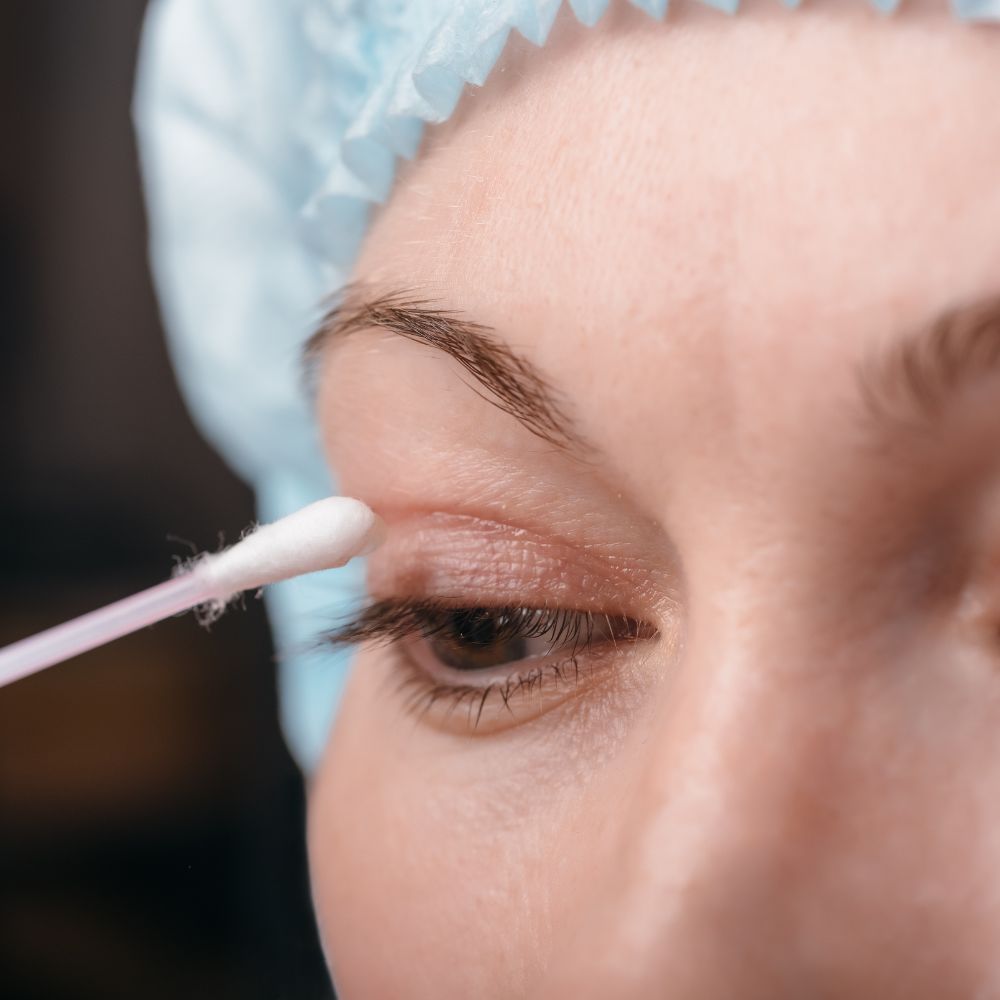
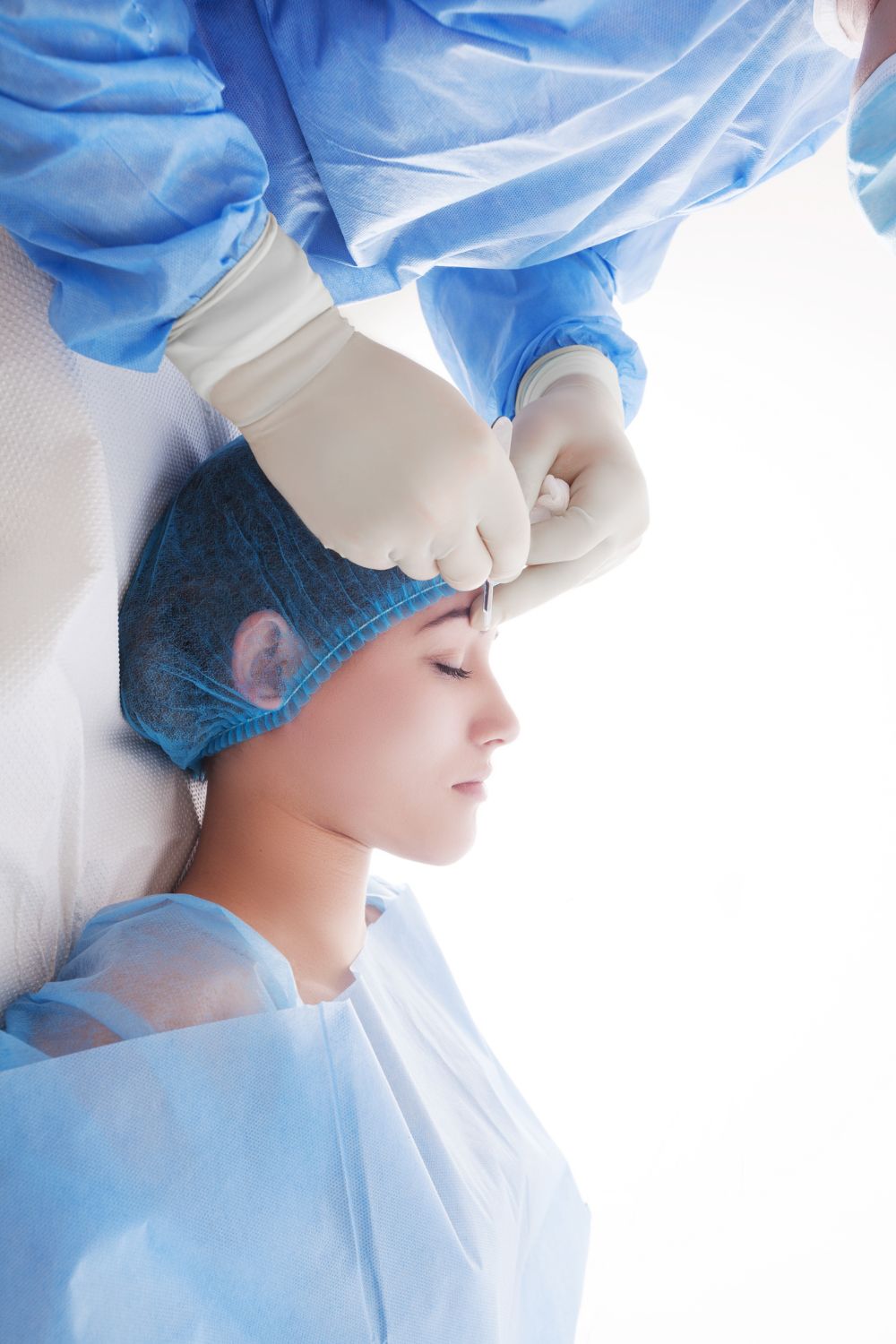
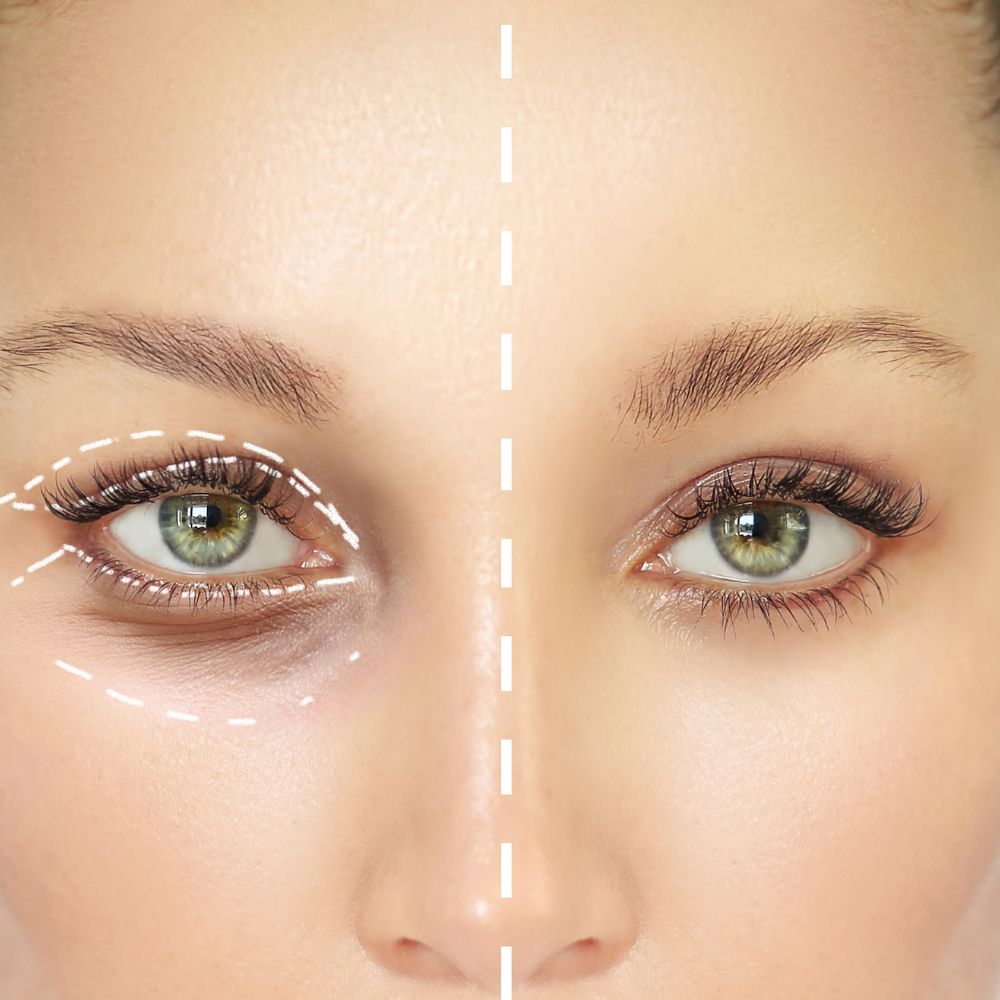
What It Entails
When getting a blepharoplasty, general anesthesia is administered to ensure your comfort throughout the procedure. Next, the required incision techniques are administered to treat your conditions, and any excess skin or fat is suitably removed. When the eye contours have been suitably treated, the incisions are then closed once again.
How It Works
1.During the consultation
If you are interested in getting a blepharoplasty, you should start by booking a consultation with our plastic surgeon. During the consultation, you will be able to express what you hope to gain from this surgery and, after reviewing your medical history, our doctor will be able to determine whether you are eligible to undergo this type of procedure. If you are a viable candidate, our doctor will outline the best course of treatment to ensure that you achieve optimal results.
2.During the procedure
During the surgical procedure, a general anaesthetic is administered to ensure your comfort throughout. Once the anaesthesia has taken effect, our plastic surgeon will start by making the required incisions in a way that remains concealed within the natural structures of the eyelid region. Next, the surgeon will proceed to treat the eye-lid as required. Conditions of the lower eyelid may be corrected with an incision just below the lower lash line, and through this incision, excess skin in the lower eyelids is removed. Alternatively, a transconjunctival incision - one hidden inside the lower eyelid - may be used to correct lower eyelid conditions, and redistribute or remove excess fat.
3.After the treatment
Post-surgery, the results of eyelid surgery will appear gradually as swelling and bruising subside to reveal a smooth, better-defined eye contour.
How It Works
If you are interested in getting a blepharoplasty, you should start by booking a consultation with our plastic surgeon. During the consultation, you will be able to express what you hope to gain from this surgery and, after reviewing your medical history, our doctor will be able to determine whether you are eligible to undergo this type of procedure. If you are a viable candidate, our doctor will outline the best course of treatment to ensure that you achieve optimal results. Prior to the surgery, you may be asked to get a medical evaluation, take certain medications or adjust your current medications, refrain from smoking and avoid ingesting drugs that may increase bleeding.
During the surgical procedure, a general anaesthetic is administered to ensure your comfort throughout. Once the anaesthesia has taken effect, our plastic surgeon will start by making the required incisions in a way that remains concealed within the natural structures of the eyelid region. Next, the surgeon will proceed to treat the eye-lid as required. Conditions of the lower eyelid may be corrected with an incision just below the lower lash line, and through this incision, excess skin in the lower eyelids is removed. Alternatively, a transconjunctival incision - one hidden inside the lower eyelid - may be used to correct lower eyelid conditions, and redistribute or remove excess fat. Finally the incisions are closed using removable or absorbable sutures, skin adhesive and surgical tape. The entire procedure typically takes from 1-2 hours, depending on the extent of the surgery.
Post-surgery, the results of eyelid surgery will appear gradually as swelling and bruising subside to reveal a smooth, better-defined eye contour.
Frequently Asked Questions
As with any procedure, side effects may occur, and the risks and potential complications will be discussed in detail during the initial consultation. Possible risks may include:
- Unfavourable scarring
- Temporary blurred or impaired vision
- Dry eyes
- Difficulty closing your eyes
- Lid lag, a pulling down of the lower eyelid may occur and is often temporary
- Ectropion, rolling of the eyelid outwards
- Bleeding (hematoma)
- Poor wound healing
- Infection
- Fluid accumulation
- Blood clots
- Numbness and other changes in skin sensation
- Anesthesia risks
- Eyelid disorders that involve abnormal position of the upper eyelids (eyelid ptosis), loose eyelid skin, or abnormal laxness of the lower eyelid (ectropion) can coexist with sagging forehead and eyebrow structures; brow lift surgery will not correct these disorders; additional surgery may be required
- Pain, which may persist
- Skin discolouration and swelling
- Sutures may spontaneously surface through the skin, become visible or produce irritation that require removal
- Deep vein thrombosis, cardiac and pulmonary complications
- Possibility of revisional surgery
- Loss of eyesight
Good candidates for eyelid surgery are:
- Healthy individuals who do not have a life-threatening illness or medical conditions that can impair healing
- Non-smokers
- Individuals with a positive outlook and specific goals in mind for blepharoplasty
- Individuals that do not suffer from serious eye conditions.
Use this checklist as a guide during your consultation:
- Am I a good candidate for this procedure?
- What will be expected of me to get the best results?
- Where and how will you perform my procedure?
- What surgical technique is recommended for me?
- How long of a recovery period can I expect and what kind of help will I need during my recovery?
- What are the risks and complications associated with my procedure?
- How are complications handled?
- How can I expect my eyes look over time?
- What are my options if I am dissatisfied with the cosmetic outcome of my blepharoplasty?
- Do you have before-and-after photos I can look at for this procedure and what results are reasonable for me?
